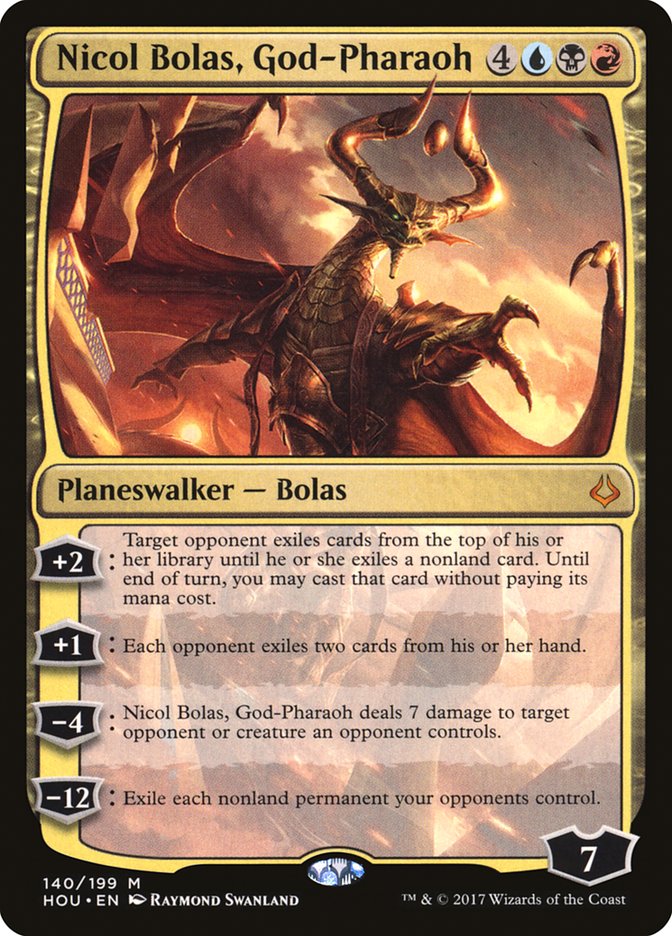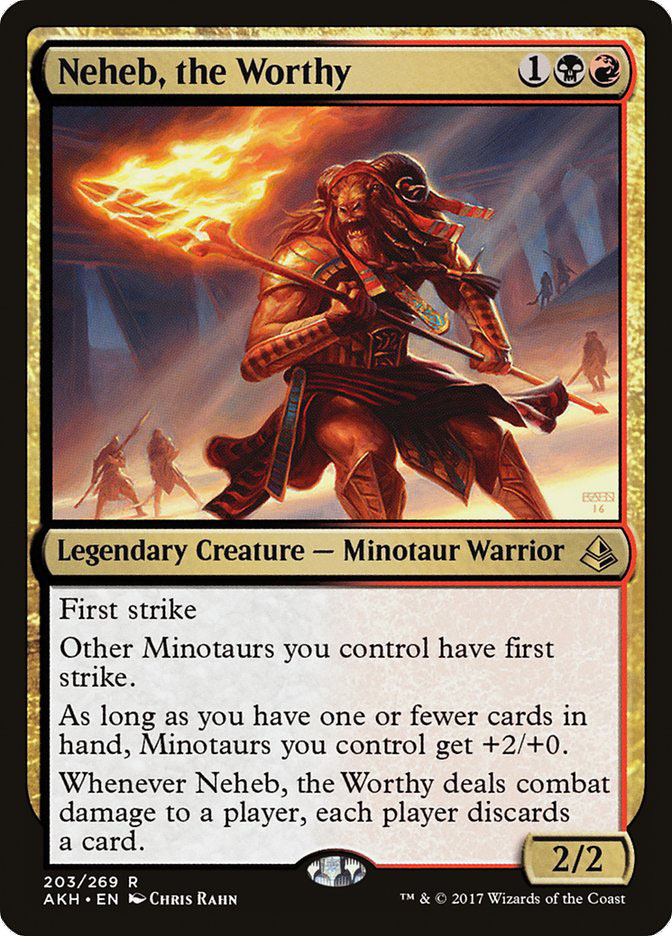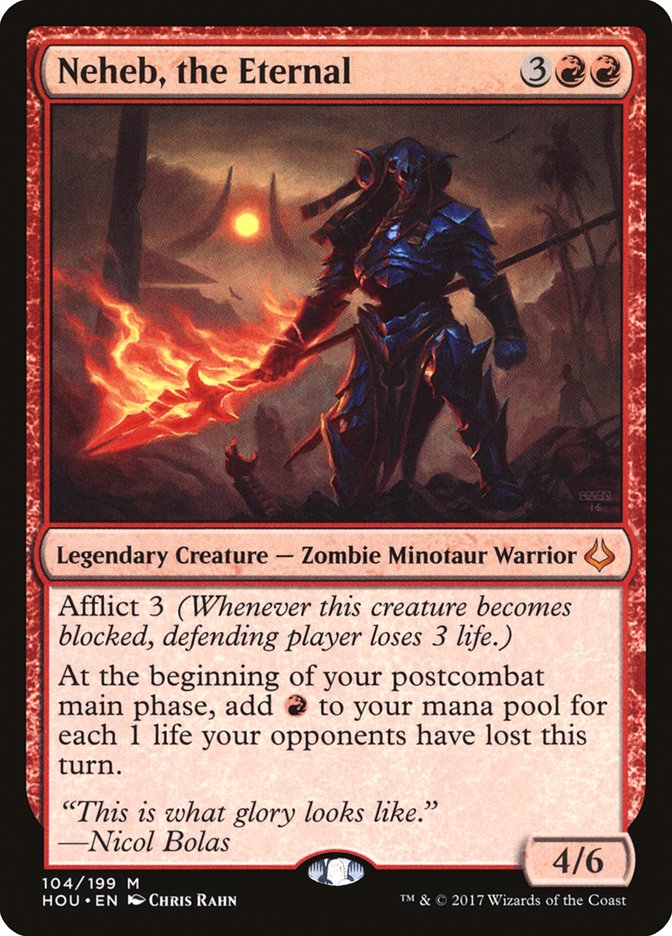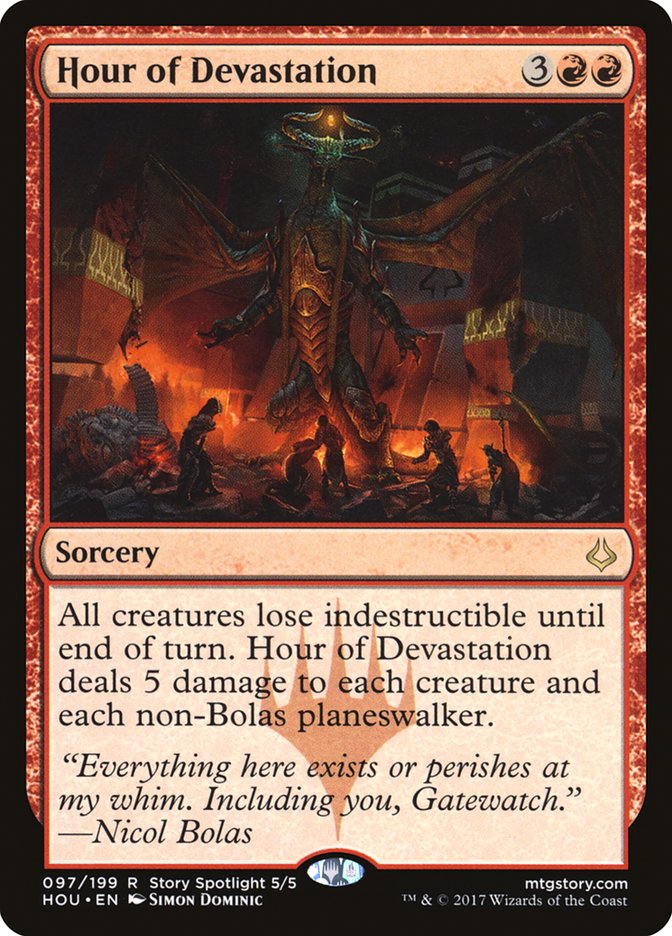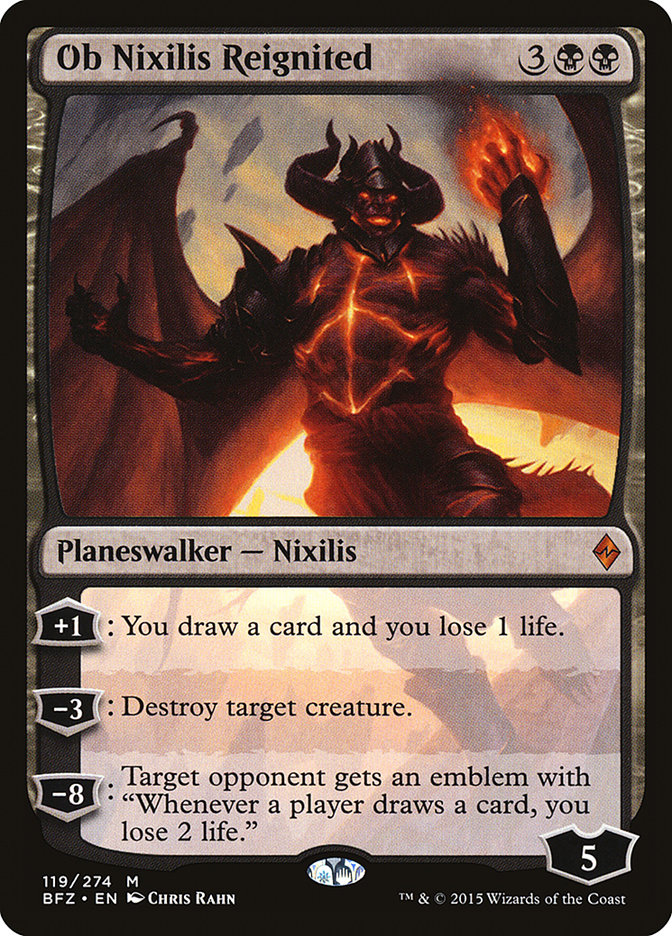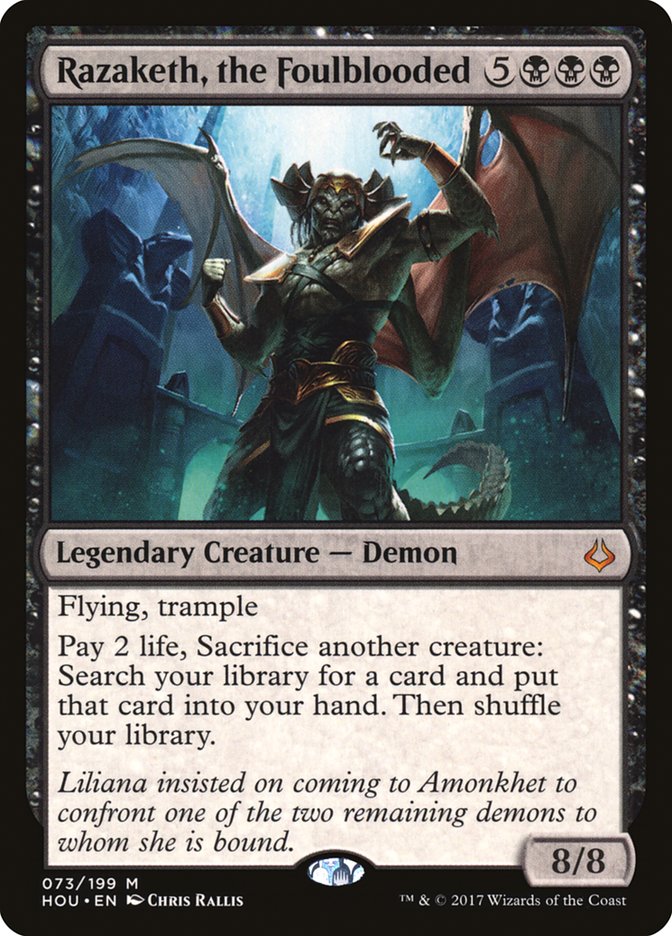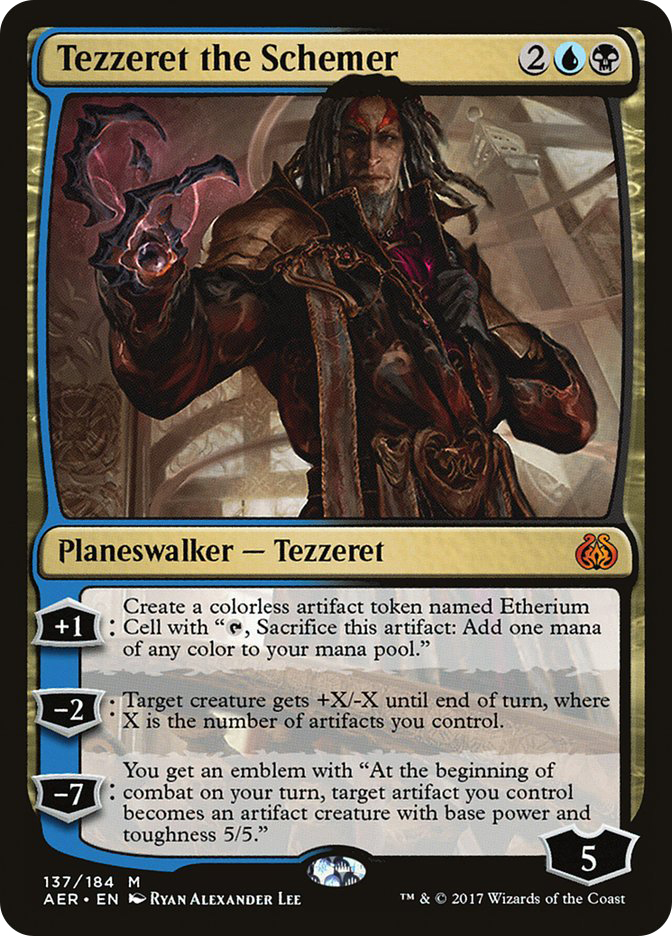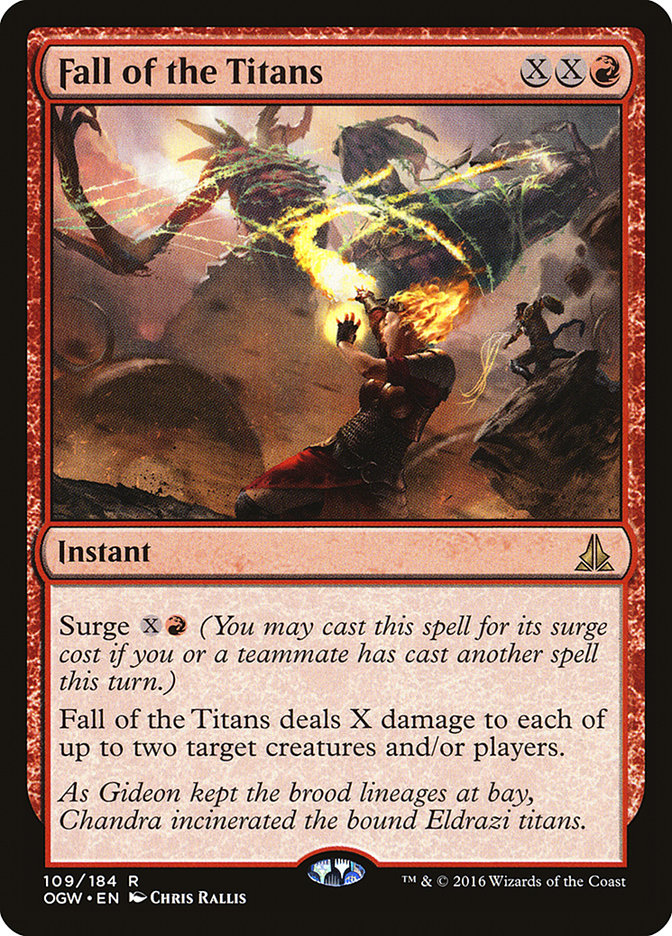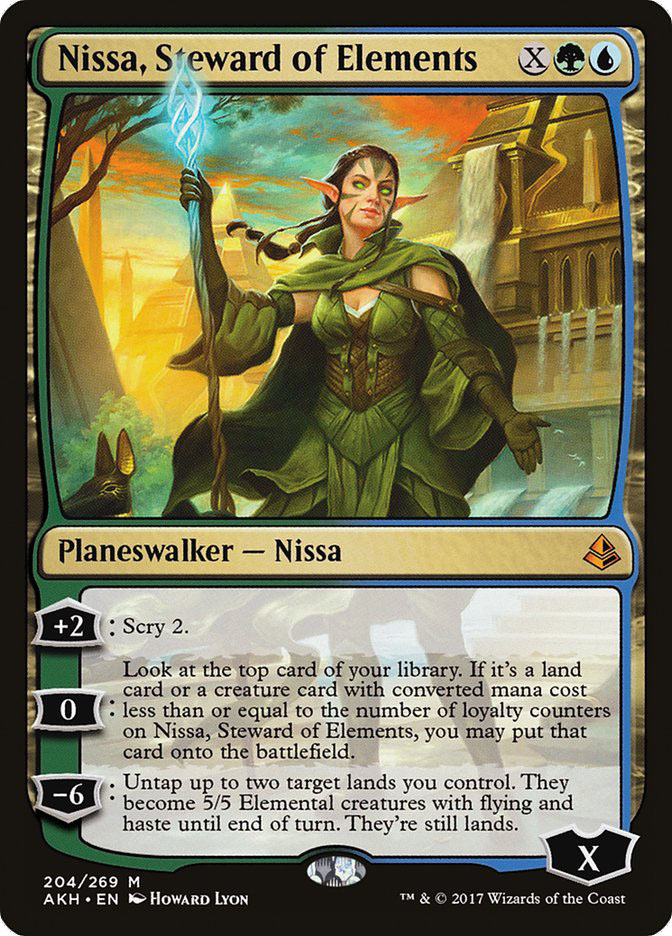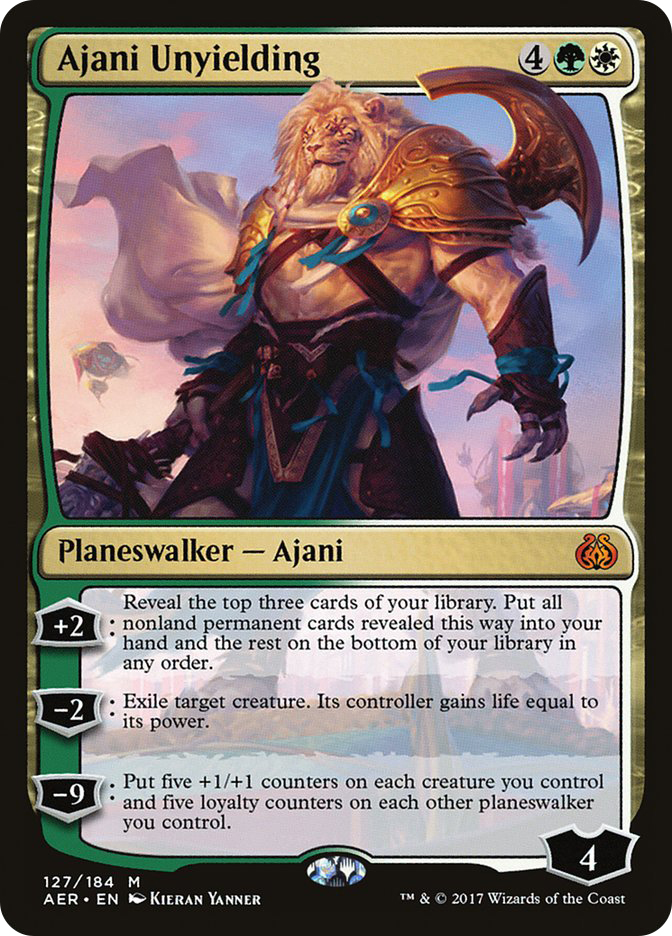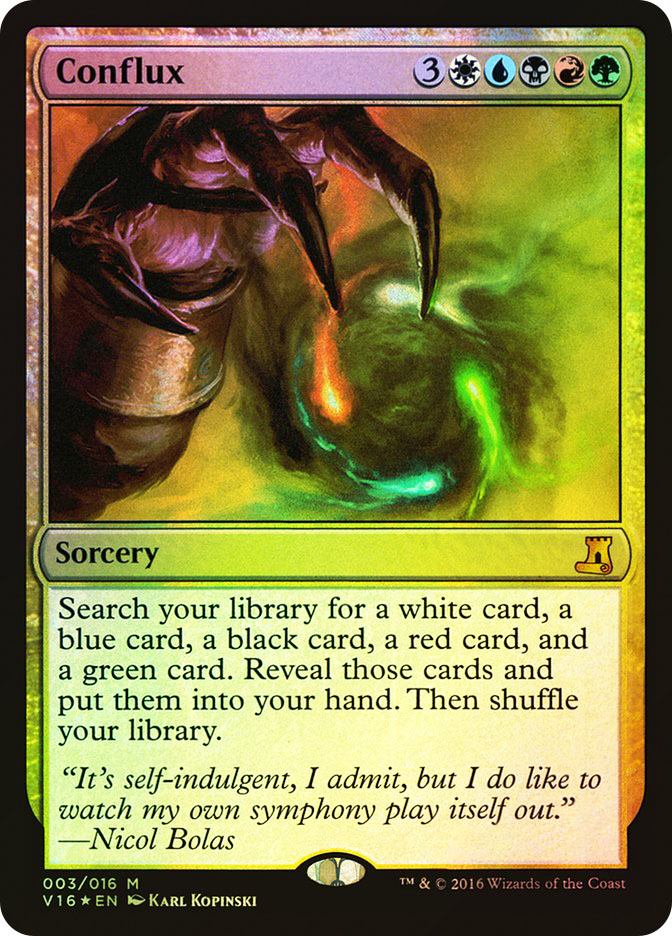Judging by the overall reaction to the Magic Story installment “Hour of Devastation,” Magic players like their villains Evil with a capital “E.”
It’s difficult to make Nicol Bolas into a figure to be admired without resorting to a crude posture of “might makes right” or “success equals goodness,” or even a neutral figure without adopting an attitude of extreme moral relativism. On Amonkhet alone, he is guilty of mass murder and mutilation of the plane’s heritage, of exploiting the bodies of the survivors to make the stone-coated army he wants. He is Leopold II of Belgium in draconic form.
And when this villain, this cruel chauvinist colonizer who thinks in terms like “gelded age” without qualification or irony, meets the five brave souls who confront him, ready to take him down…
…he crushes them.
There’s nothing at all wrong with a well-written antagonist. Whether it’s a magnificently described force of nature, the protagonist’s own nature, or a menacing person or group, a quality antagonist is key to any story involving conflict. Similarly, villains can and should be remarkable characters: they can take on the tragic dimensions of what-could-have-been, stir sympathy, or even be the protagonists of their respective works.
But when a villain antagonist, unrepentant in villainy, claims the audience’s allegiance, has them “rooting for the Empire” (to borrow the TV Tropes phrase), generally something’s gone wrong with the storytelling. This isn’t always the case — plenty of horror films come to mind here — but in conventional fantasy fiction, as Magic’s storyline is, an event like the defeat of the Gatewatch on Amonkhet is supposed to induce feelings of “Oh no!” rather than “Heck yeah!”
This isn’t the first time folks have cheered on a villain who’s bested the Gatewatch, either. Back on Zendikar, at the beginning of the Gatewatch, there was Ob Nixilis, who bested Gideon Jura in hand-to-hand combat and was only one moment of forgetting the Evil Overlord List away from wiping three-fourths of them out.
What is it about the past two years of Magic’s story that have led to two separate villains getting such a warm reception after defeating the members of the Gatewatch?
First Ingredient: A Villain Worth Rooting For…
Within Magic’s color pie, one of the defining characteristics of the color black is that it will do anything necessary to further its goals. Slaughtering all the adults of a plane? Nicol Bolas did that. Slaughtering literally everyone else on a plane? Ob Nixilis did that. Both are shameless in their villainy, revelers in their no-limit nastiness, magnificently monstrous.
So which is it audience members are responding to, the magnificence or the monstrosity?
Other villains and audience reactions point to the answer. On Amonkhet, the Demon-slash-Liliana-contract-holder Razaketh, the Foulblooded turned the life-giving Luxa into a literal river of blood, yet found few fans. Similarly, the Eldrazi, no matter how interesting things got, gained mostly ironic cheerleaders, the sort who want King Kong and Godzilla to win every time. Even a distinctly Human villain, Tezzeret on Kaladesh, did not attain much of a following.
While the Eldrazi are world-destroying grotesque things, they are more akin to the giant shark in Jaws than a thinking villain such as Ob Nixilis or Nicol Bolas. The Demon Razaketh is more intelligent, yet is still closer to an avatar of malice than anything else. And while Tezzeret is clearly Human, with his histrionic, thuggish personality, as well as his clear subservience to Nicol Bolas, he’s most akin to a slimy middle manager who kisses up and kicks down — hardly a figure to be admired.
But mere vibrant villainy is not enough to make rooting for a character anything more than a fringe view. Scar from The Lion King might be more interesting than “chosen one” Simba, but those rooting for Scar to win out in the end are thankfully few. Scar in The Lion King does his job as a villain antagonist: he throws obstacles in the way of the protagonist, is temporarily ascendant, and is (usually, though not always) defeated at the story’s climax.
What, then, pushes a character like Ob Nixilis or Nicol Bolas outside “ironic cheering for the monster” territory and into the realm of “hoping the villain actually wins” instead?
Second Ingredient: …And Heroes Who Aren’t
A villain who never has a temporary triumph and can never threaten the protagonist is some weak tea indeed, not worthy of an audience’s time. At the same time, though, the protagonist has to be worthy of the villain. Maybe not at the start — Simba as a young cub isn’t a match for the mature, cunning Scar — but if not, they must grow into the role, not only in the eyes of the creator(s) but in those of the audience as well.
For a variety of reasons, the Gatewatch never reached that level.
Battle for Zendikar’s incredible, un-credible victory. At the climax of the Battle for Zendikar storyline, the first four members of the Gatewatch, Gideon, Jace, Chandra, and Nissa, team up to take down two of the Eldrazi Titans ravaging Zendikar. It’s a thrilling, astounding moment that establishes the team’s bona fides when they work together…
…or it would be, if it hadn’t been preceded by a certain other story beat.
In a “reversal of fortune” story moment, Ob Nixilis took down Nissa, then Jace, and finally Gideon. Because he decided to torture them instead of killing them off, that allowed Chandra to interfere and free her teammates. The four of them acting together managed to drive off Ob Nixilis…barely.
After that encounter, the Gatewatch destroying one Eldrazi Titan would have stretched credibility. Two at once, and many audience members lost their suspension of disbelief.
Combine that with a rocky introduction to the recently retconned Nissa character, and the Gatewatch started on shaky ground.
Failures to grow. Ironically, Nissa is one of the two Gatewatch characters to have grown appreciably as an individual, along with Chandra.
The romantic friendship between Nissa and Chandra has deepened over the past two years of storytelling time, paying off in moments like “Burn,” where Nissa talks Chandra down and gives Baral, Chief of Compliance a smackdown with an Elemental. Chandra, of course, resolved many of the haunting questions in her life after reuniting with her mother on Kaladesh.
Gideon and Jace, however, were still short on development two years on. Gideon never developed the strategic sense to allow him to be a leader and not just a “lone paladin” type, much less emotional closure from his troubled youth on Theros. Jace, similarly, seems not to have worked on healing his fragile psyche, and whatever self-defense classes he’s been taking haven’t paid off.
Similarly, the new additions to the Gatewatch haven’t shown much evolution, though they weren’t necessarily expected to. Liliana’s inherent selfishness hasn’t changed despite her newfound appreciation for useful “friends,” and readers still don’t know who or what the Raven Man (not to be confused with the Ravenmaster) is after more than seven years. Ajani has evolved considerably from the angry young red-aligned Ajani Vengeant to the calmer mono-white Ajani Goldmane and even the wise green-aligned Ajani, Mentor of Heroes and brave Ajani Unyielding.
Of course, when things went down on Amonkhet, Ajani was nowhere to be found…
A terrible idea. …because Ajani told the rest of the Gatewatch, in no uncertain terms, that taking on Nicol Bolas on his own turf was a horrible idea, and he was going to Dominaria to get some allies first.
They went anyway.
They knew next-to-nothing about Amonkhet, other than that it was under the direct control of Nicol Bolas. (Liliana knew one of her Demonic contract holders was there, but she wasn’t saying anything to the rest of the crew.) They did not know what they would find or how they would defeat Nicol Bolas.
“Play stupid games, win stupid prizes” comes to mind. The Gatewatch (minus Ajani) got trashed, and rightfully so. Only Nicol Bolas forgetting the Evil Overlord List entry about not leaving defeated enemies alive so as to enjoy their suffering kept them alive.
It’s hard to root for someone carrying the Idiot Ball, especially when the consequences play out for months at a time.
And for the past few months, it’s become increasingly clear that Wizards of the Coast realizes player patience has been tested.
The Apology and the Secret Plan
All the way back in April, Mark Rosewater was posting on Tumblr about how Wizards of the Coast was planning to dial back the Gatewatch’s appearances on cards. In June, Mr. Rosewater expanded on this idea in his “Metamorphosis 2.0” article, which included the line, “…because we were trying to get the Gatewatch established, we made the decision to involve all of them in all the stories. This led to what many players felt was an overexposure of the Gatewatch.”
I’m not sure “overexposure” is the word I would use for it, but nonetheless, it was a public acknowledgment on the main Magic: The Gathering site that Wizards had erred regarding the Gatewatch and would attempt to correct its errors.
And then there’s “Hour of Devastation” (Ken Troop story), not to be confused with Hour of Devastation (set) or Hour of Devastation (card). Now, Mr. Troop is known for making relatively infrequent but quality contributions to Magic Story, often intensely psychological, such as “Memories of Blood” and “The Promised End.” When in-the-know Vorthoses saw his name on “Hour of Devastation,” they expected a ride. Nicol Bolas would probably win — the Defeat cycle was pretty emphatic on that topic — but a ride nonetheless, with ups and downs.
Instead, Mr. Troop gave us a thorough beatdown of the five present members of the Gatewatch. More than that, through the words and thoughts of Nicol Bolas, he gave us a takedown of virtually the entire Gatewatch storyline up to that point.
The name:
They fancied themselves The Gatewatch. As though for some bizarre reason there were gates scattered throughout the Multiverse. That deserved watching.
The plot:
Why bother being smart when the Multiverse so conveniently conspired to keep your idiocy alive?
The characters:
“That was your mind expert, I believe? Do you have a spare? I can wait, or I promise not to listen if you shout at each other.” Nicol Bolas lingered on each word, his voice rumbling through the open plaza, punctuated only by the continued thwaps as he bounced Gideon off the wall.
Mr. Troop didn’t need to do any of this. He could’ve written a tense battle with the five members of the Gatewatch coming mightily close to taking down Nicol Bolas, coming up just short at the end. It wouldn’t surprise me if, had market research shown different data, that’s exactly how the story would’ve played out. Instead, we got Nicol Bolas being awesome and Gideon, Jace, Liliana, Chandra, and Nissa going down to ignominious defeat.
When Ob Nixilis acquired a rooting section for the way he roughed up the Gatewatch, it was in all likelihood a slip-up and Ob Nixilis wasn’t meant to be cheered. But Nicol Bolas?
Maybe readers like us rooting for the villain wasn’t their plan all along, but that’s where Wizards of the Coast ended up!


